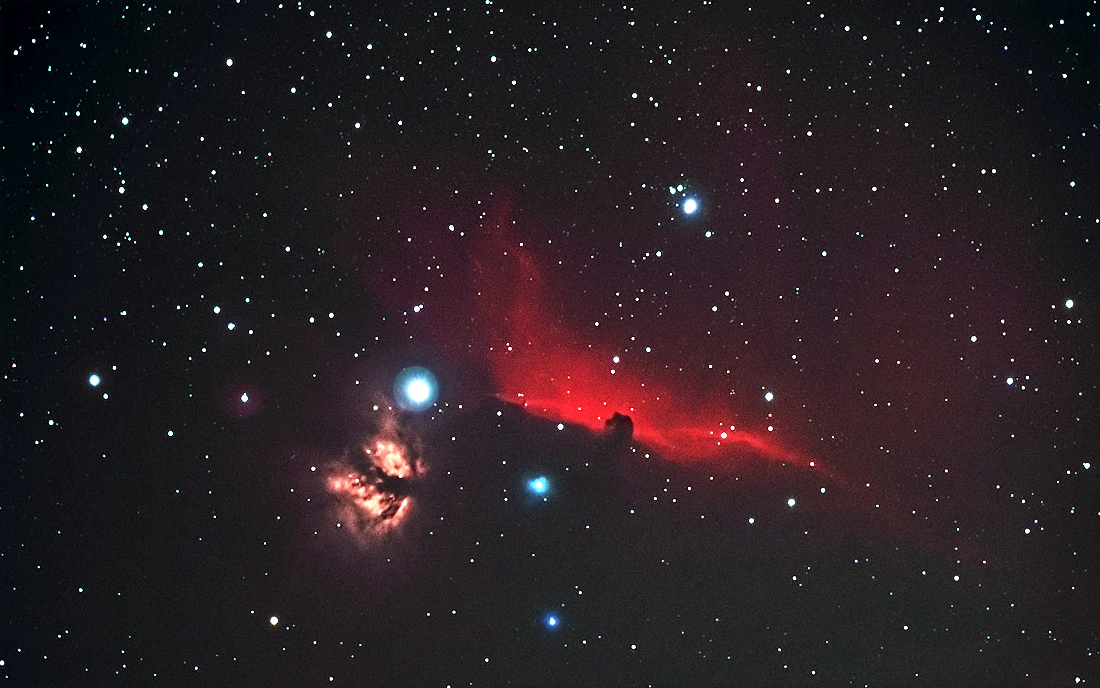The
clouds of dust and gas in this image are shaped by the same force
that
shapes clouds in our sky—wind. Many of these clouds even resemble
the clouds
in our sky. But the wind that shaped these clouds is not the wind in
which you
would fly a kite.* These clouds are shaped by
stellar
wind— radiation (sub-atomic
particles
emitted by stars acting on the dust and gas in the same way that earthly
winds act upon clouds of water vapor). The dynamics are virtually identical
in each case.
